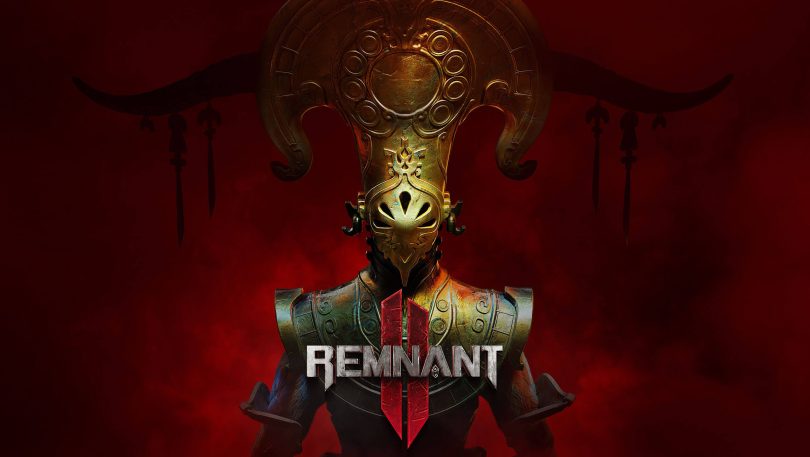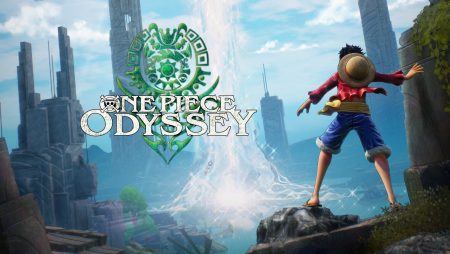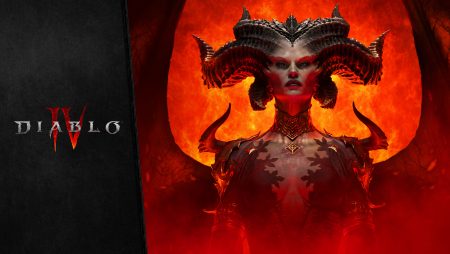Remnant 2 – 1 million copies sold in its first week of release
Remnant 2, a direct successor to Remnant from the Ashes (2019), is one of those games that, even though there wasn’t the same fanfare as those that mark the release of triple-A titles, many were eagerly waiting for, sure to not be disappointed.
An action role-playing video game, Remnant 2 was created by Gunfire Games and released by Gearbox Publishing. The game was launched in July 2023 for the PlayStation 5, Windows, and Xbox Series X/S. Upon release, it garnered largely favorable reviews and sold more than 1 million copies in the first week.
The narrative of the video game centers on an anonymous survivor who is charged with putting an end to “The Root,” a race of malicious plant species that wants to wipe out the multiverse.
Thus, Remnant 2’s story continues where it left off in the first chapter, including the events covered in the DLC for the game, Subject 2923. The Root, a mystery alien force that is attacking the entire multiverse and not just our reality, has sent the Earth adrift in a post-apocalyptic situation. The fleeting successes of our avatar at the close of the first episode suggested a ray of hope for the survivors of humanity, but the threat is far from over, as we will already observe during the introduction of this second chapter.
Gameplay
Remnant 2 is a third-person shooter that draws inspiration from video games like Souls. Along with their melee weapon, players are allowed to carry two guns. Players can choose their character archetypes at the start of the game. For instance, the Gunslinger class, which focuses on the usage of guns, replaces the Ex-cultist class from the first game. The Handler class has a dog friend that will help in battle, whereas the Challenger class may unleash a shockwave that would demolish opponents. As they advance in the game, players will be given the option to dual-class. Players can also activate several skills and benefits that are unique to each archetype.
The Gunslinger has a special power called “Loaded” that instantly reloads all of the weapons they are carrying. The main perk for the Handler class is “Bonded,” which enables the character to be revived by their dog partner if they pass out during combat.
While procedural generation, which alters a level’s layout and opponent spawn spots, was already included in Remnant 1, it has been greatly enhanced in Remnant 2. According to Gunfire Games, the game’s quests and plot, boss characters, non-playable characters, and enemy kinds are all produced at random.
While a three-player cooperative multiplayer mode is supported, players can complete the full game on their own.
Impressions
The foundation of this sequel is the same as the original game, which received positive reviews from audiences and critics four years ago when it made its PS4 and Xbox One debut. The story, like in the predecessor, serves mostly as a connecting thread between game phases rather than a compelling cause to progress through the drawn-out campaign.
The ability to “pull dice” and randomly modify the level layout makes the campaign incredibly replayable. From this vantage point, Remnant 2 more closely resembles the action-oriented third-person shooters than the role-playing game it purports to be. It has fairly flat dialogue that isn’t used too often, a bland avatar, and supporting actors who hardly ever make an impression.
In randomly created levels populated with various monstrosities that respawn when they stop at what is analogous to bonfires in the Souls series, up to three players can combine weaponry to defeat them. Aspects of the gameplay suggested in the first chapter are explored in Remnant 2, expanding the scope of the series and vastly raising the degree of personalization possible for your gaming experience.
To keep up with the hordes of monstrosities that the game will spew at you, you need to be able to build a variety of different artifacts. The ability to switch classes at any time, not just between the initial five but also including those discovered as you advance through the campaign, is more than welcome because it allows you to explore different approaches, and experiment before possibly beginning a second campaign. However, the game will eventually also let you equip a secondary class, allowing you to make use of all its advantages and create true walking war machines that are tailored just to your play style.
From the doctor to the hunter, the range of playful solutions is noticeably expanded in comparison to the prequel. A point to improve for the series’ future is the rather generic and perplexing map, which will leave players with less sense of direction quite dumbfounded.
The boss battles are the best part. More accurate and inventive than Remnant From the Ashes, almost every boss makes use of special mechanics that are unlike any other enemy in the series so far. These mechanics can sometimes restrict the combat area and sometimes change some of the canonical rules that have been the game’s foundation for the first few hours you have been playing the game.
Although the game has not yet achieved the very high peaks attained by the Souls, whose bosses have captured the imagination of millions of players worldwide, the progress is clear, and it would be certainly interesting to see what the inevitable third chapter has in store.
As said, Remnant 2 has a fairly high replay value. In addition to the procedural generation of the stages stated above, the game’s variety is guaranteed by the various worlds that can be explored, each of which has unique adversaries, environments, loot, and weapon mods. There won’t be much boredom, and you can resume playing after a while with still the same satisfaction. Given that each storyline always has two possible outcomes, there are bosses and levels that you might not even touch during your first run but that you can encounter on the second, or third one.
Gunfire Games made the daring decision to use Unreal Engine 5 for this sequel with bravery and a dash of recklessness. This choice has had both positive and bad impacts. The visual impact is consistently better than the fourth iteration of the Epic engine, even if it is unfortunate that even the new version of the Unreal Engine still has some historical flaws, such as the delayed loading of surface textures, which is especially noticeable during cut-scene cuts, and, to a lesser extent, a fair amount of pop-ups in the more articulated stages in terms of design.
Users are given the option between three different graphics settings: Quality, which limits the frame rate to 30 fps while offering the highest resolution, Balanced, which doubles the frame rate while lowering the resolution, and Performance, which unlocks the frame rate and permits the card to exceed the physiological limit of 60 fps.
Remnant 2 significantly outperforms its predecessor in terms of the amount of detail, clarity of textures, mapping of shadows, complexity of environments, and even use of motion blur (both at 30 and 60 fps). Neither ray-tracing nor specific lighting effects have been received. However, Remnant 2 is a double-A and not a triple-A and is offered at a lower price compared to that which top-of-the-line games for the current generation of consoles are sold on a day-one basis.





No Comment
You can post first response comment.